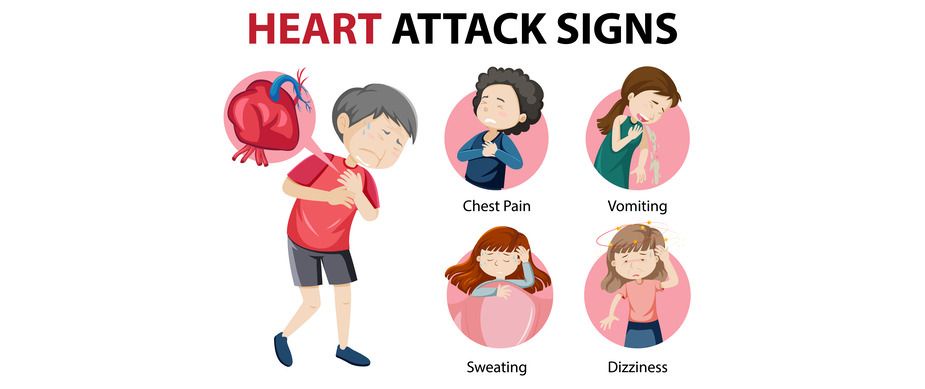Heart attacks are a leading cause of death worldwide, and their sudden nature often leaves little time for reaction. However, early recognition of heart attack symptoms can significantly improve outcomes, making it crucial to be aware of the warning signs. This guide, brought to you by BLK Hospital, aims to educate you on how to recognize these vital signs in different demographics, including men, women, and children.
Heart Attack Symptoms
A heart attack, medically known as myocardial infarction, occurs when the flow of blood to the heart is blocked, often by a blood clot. This blockage can damage or destroy part of the heart muscle. The common symptoms include:
- Chest Pain or Discomfort: Often described as a feeling of pressure, tightness, pain, or a squeezing or aching sensation in the chest or arms that may spread to the neck, jaw, or back.
- Nausea, Indigestion, Heartburn, or Abdominal Pain
- Shortness of Breath
- Cold Sweat
- Fatigue
- Lightheadedness or Sudden Dizziness
Recognizing these symptoms early and seeking immediate medical attention from facilities like BLK Hospital can make a critical difference in the treatment and recovery process.
Heart Attack Symptoms in Men, Women, and Children
While the core symptoms of a heart attack are generally the same across genders and ages, there are nuances in how they present in men, women, and children.
- Men are more likely to experience classic symptoms such as chest pain and pressure, but they can also experience all the other symptoms listed above. It's crucial for men not to dismiss these signs as mere discomforts and to seek immediate medical attention.
- Women often experience heart attack symptoms differently than men. Besides chest pain, women are more likely to suffer from shortness of breath, nausea/vomiting, and back or jaw pain. The symptoms can be more subtle than the more recognizable chest pain, leading to delays in seeking treatment. Awareness and acknowledgment of these signs can save lives.
- Children and Heart Attacks: While heart attacks in children are extremely rare, they can occur in certain congenital or acquired heart conditions. Symptoms can be vague and not as pronounced as in adults. They may include chest pain, fatigue, shortness of breath, or fainting. Given the rarity, these symptoms can often be mistaken for other, less serious conditions, but they should always be evaluated by a healthcare professional.
Conclusion
Heart attack symptoms can vary significantly among individuals and between men, women, and children. Awareness and education on these differences are key to recognizing and responding to heart attacks promptly. BLK Hospital emphasizes the importance of paying close attention to these symptoms and seeking immediate medical help if you or someone you know is experiencing them. Remember, the golden hour immediately after a heart attack is crucial for survival and recovery. Being informed could save a life.


No comments yet